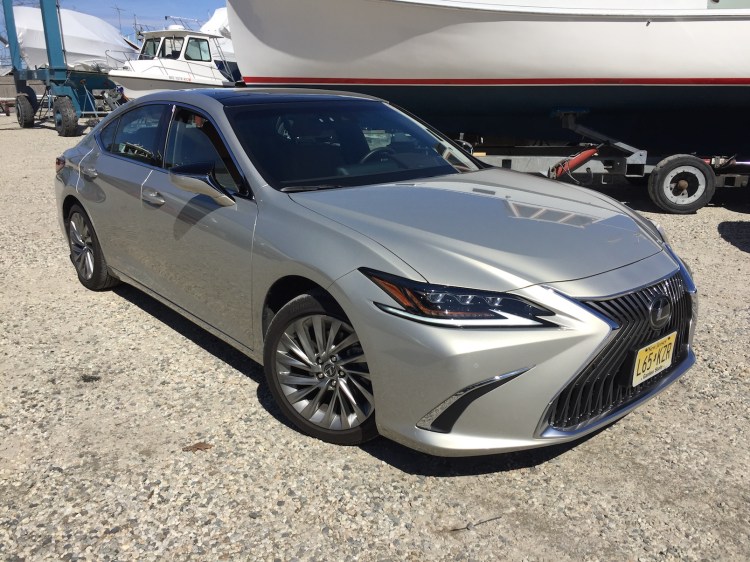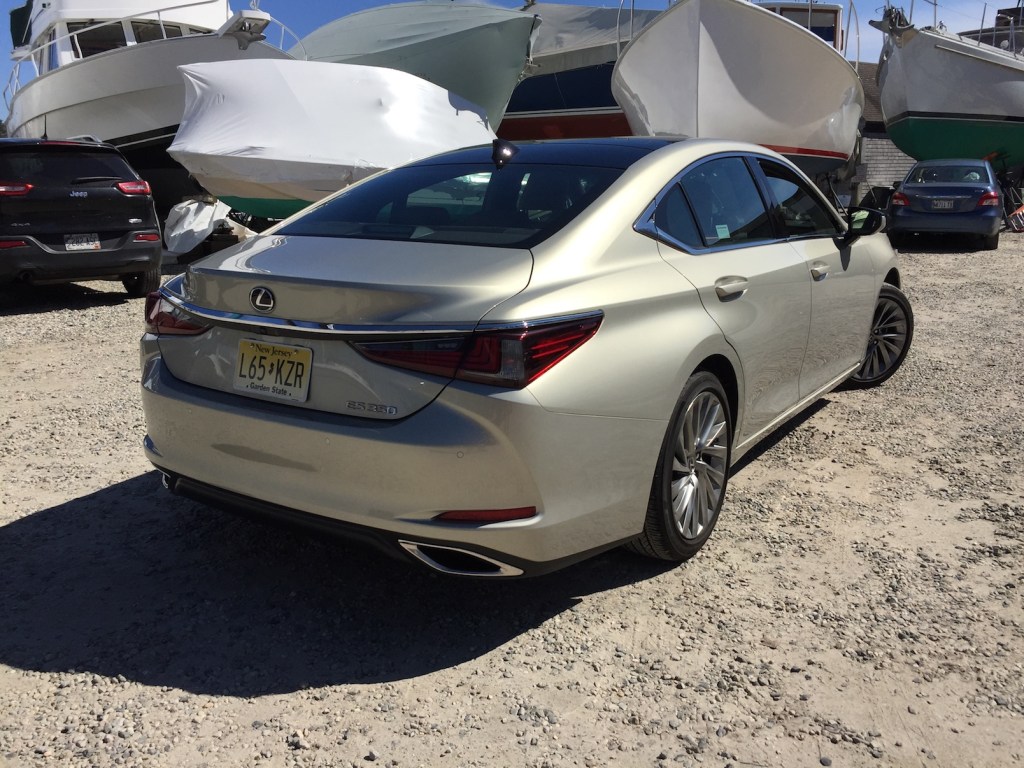Fifty years ago, Honda and Kawasaki forever changed the dynamics of performance motorcycles, upending established industry norms by introducing new 4-cylinder and 3-cylinder bikes that upended the market with bikes built by BSA, Triumph, Harley Davidson and Norton. The new Asian motorcycles proved to be faster, more efficient, and vastly more reliable.
In 10 years, the four Asian motorcycle builders had all but eliminated the English motorcycle industry, while moving into a dominant sales position around the world.
Thirty years ago, Toyota created a new luxury car division that did the same thing to established premium car brands. Lexus sedans smacked Mercedes, BMW, Cadillac and Lincoln right between the lookers with cars that were less expensive, more efficient, packaged better, and – vastly more reliable. In less than 10 years, Lexus became the leading luxury marquee in American car sales.
Fast-forward to today. The Asian motorcycle industry dominates worldwide, yet has lost much of its primacy in America as Harley, Indian, BMW, and several other Euro-based brands have come back to life.
Similarly, Lexus has lost its sales crown to the German brands as consumer tastes and product execution have again shifted. Buyers are looking for more expressive design, improved driving dynamics, as well as visual cachet to go along with dependability and value in a premium product.
This has forced Lexus to create sportier products – the F-series lineup adds either some visual or dynamic spice across the board – while more extroverted styling is shown by the brand’s new trademark spindle grille and exaggerated LED lites.
Moving from functional to more stylistically pleasing interiors has resulted in mixed messages, and uneven success; yet it’s hard to criticize the Lexus effort when compared to the struggles of Infiniti, Acura, Cadillac, or Lincoln.
The top Lexus ES shown here, ($39,600 to start, $53,742 in Ultra Lux trim) reflects the challenges car builders face. These buyers are historically slightly older than the general market, so more conservative with styling, forcing automakers to take less risk.
Critics tend to demand frequent, exciting changes; the bean-counters need what will sell, regardless of what competing forces want. Who can blame the automakers for riding the fence in the middle?
The elephant in the room is trucks – specifically, the crossovers that buyers want. Lexus sells more than two crossovers/SUVs for every sedan, and that trend is accelerating.
This causes platform-sharing, a necessary industry strategy to save costs. While the original Lexus ES was based on the Camry, the current model shares its chassis and powertrain with the slightly larger Avalon sedan.
Characteristics include isolating ride, quiet cabin, and a limousine-like rear seat. The perfect car for eclipsing long highway miles, – especially with the new 8-speed automatic enhancing every aspect of the tried-and-true 3.5-liter V-6 engine’s generous performance portfolio, now with 302hp – the ES’s realized fuel economy was 30 mpg, even after pushing the pace traveling to Presque Isle and back on the deserted highway north of Old Town. EPA estimates are 22/33/26 mpg.
There is also a hybrid model, the ES300h.
The ES’s starting price makes it a great entry-level, sensible premium sedan – a “tweener” just above cars like Chevy’s Impala (which has seen production- extended sales); Ford’s departing Taurus; Nissan’s Maxima, and, of course, its sibling, the Avalon.
Jump up $15,000-$20,000 to the same size luxury/sport sedans from BMW, Mercedes, and Audi, and buyers will find more premium interior detailing, but pay dearly for more features. Last year, the ES350 outsold every large sedan mentioned here except the Impala.
The price balance is best witnessed inside the ES. A 14-way power seat upholstered in Semi-Aniline leather is complemented by two-tone leather covering portions of the doors, dash, and console, while real wood trim and too much hard plastic cover other surfaces.
Two knurled knobs – interfaces that critics have requested for years – are oddly mounted atop the dash for two extraneous controls, while the immense infotainment screen is controlled by a very distracting touch-pad on the console. Some basic buttons remain, thankfully.
Other contrasts? The analog clock hogging the instrument panel, plus a CD slot ahead of the console, illustrate the competing forces Lexus designers must satisfy. Snowbelt customers can move to the GS series for AWD, since the ES350/Avalon doesn’t offer four-wheel traction.
A fluid and smooth companion for long days in the saddle, the ES350 fits a dynamic that is being replaced by crossovers. Crossovers are easier to enter and exit, offer a better view, often have the same features as sedans, and have towing and cargo carrying abilities missing from sedans.
Yet, ES350 sales are up 14 percent so far in 2019, so go figure what buyers really want.
Send questions/comments to the editors.





Comments are no longer available on this story